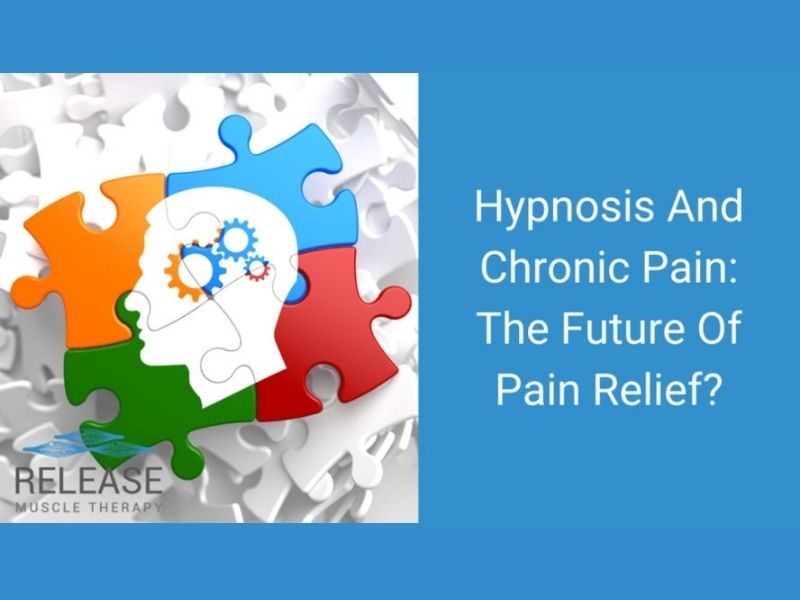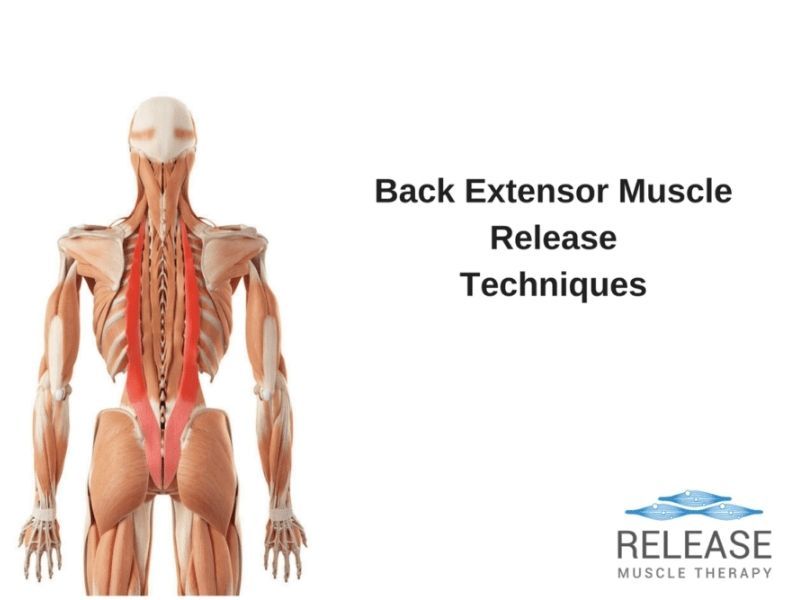Hypnosis And Chronic Pain: The Future Of Relief?

Hypnosis and chronic pain is a controversial topic to talk about, and some people immediately dismiss it because of the commonly seen exaggerated or ridiculous claims normally associated with the practice.
However, hypnotherapy, mindful meditation, and similar techniques have been tested in various settings with excellent results.
Unlike the pharmaceutical approach, hypnosis has few or no side effects, and versions such as self-hypnosis can be assigned via personal instruction, or audio recordings, thus making this an inexpensive technique to implement for the chronic pain sufferer.
Even as hypnosis is surrounded by skepticism mostly due to its reputation in the entertainment industry, recent research has identified some significant effects in the human brain after its use.
So, is hypnosis really effective?
Can we just categorize the results as being related to the placebo effect?
Lets take a deeper look at this.
Chronic pain and mindfulness
Addressing chronic pain with mind-body interventions is an interesting approach, especially in chronic disease conditions such as cancer. These interventions are non-invasive, are inexpensive, and do not have side effects, so they can often times be easily implemented with minimal hassle.
The majority of these interventions have something in common: They promote mindfulness and help pain sufferers to manage their emotions, thoughts, and behaviors.
There are some pretty impressive studies that show how mindfulness and practicing meditation is associated with a higher pain threshold, and lower activation of areas in the brain that assign an emotional response to pain.
There is definitely a link between emotions and perception of pain, and chronic pain sufferers found in these techniques a way to use the connection between mind and body to relieve symptoms.
Even if 5-10 minutes of practice can start reducing pain, longer interventions (up to 8 weeks) are required for more effective pain management. Clearly the more you practice the better the result.
Application of hypnosis for different pain scenarios
The extent to which hypnosis has been tested in the medical field is pretty impressive. For example, it has been used as the sole form of anesthesia for delivering babies, and it has been documented to manage normally painful dental procedures.
In cases of acute pain, hypnosis has been applied in chemotherapy, to manage burn wounds, and as anesthetic to take needle biopsies and certain forms of plastic surgery. In fact, some of these individuals have been shown to have an 89% improvement in their medical and psychological condition compared to those who did not receive hypnosis.
Additionally, in individuals suffering from chronic pain, there are many randomized-controlled studies for issues like chronic back pain, fibromyalgia, cancer-related pain, and gut directed hypnotherapy for irritable bowel syndrome (IBS) and even small intestine bacterial overgrowth (SIBO).
In the majority of cases, hypnosis was found to be similar to standard care, which includes things like medication, group support, relaxation, and other techniques.
It has been found to be useful not only to improve pain, but also to promote self-sufficiency in individuals with those chronic ailments.
Meta-analysis of hypnosis for pain relief
There are a ton of studies of hypnosis, but they do not always have the best quality of evidence. For this reason, there are reviews and meta-analyses, which is a special type of research that analyzes the evidence after gathering ALL of the studies available to date.
Meta-analyses not only include data from many different sources but also they investigate the possibility of bias and methodologic problems and how they would potentially affect the results.
In the most recent review and meta-analysis about hypnosis for pain relief, the authors included data of a total of 3632 participants from 85 controlled experimental trials. After carefully assessing the data, they concluded that hypnosis produces a moderate to large analgesia in all types of pain.
Another key finding is that hypnotic suggestibility (the ability of a person to induced into a hypnotic state, which varies from person to person is important in determining whether or not the intervention will be effective.
Individuals with a higher susceptibility to hypnosis had 42% reduction in pain intensity while those with a medium hypnotic susceptibility reduced their pain symptoms by 29%.
Since the majority of people (close to 90% of us) fit in the medium to high susceptibility to hypnosis profile, these findings suggest that hypnosis is much more useful than placebo, and we can have a real and measurable improvement in pain perception after just a single visit.
What we know about hypnosis and chronic pain
Many things about hypnosis are currently unknown, including the exact mechanisms for how it works. However, there are imaging studies about the brain in hypnosis.
Hypnotic suggestions for analgesia cause an altered activity in the prefrontal area of the brain, the insular, and the anterior cingulate cortex. These brain areas are associated with the state of relaxation and awareness of external stimuli, and are important in pain modulation, which is essential to achieve hypnotic analgesia.
Studies have also found that people with lower hypnotic suggestibility have a different response in their anterior cingulate cortex and prefrontal region, and this is probably one of the reason why they won’t experience any meaningful change in their symptoms post-hypnosis.
There’s also a psychological explanation that may contribute to our understanding of the role of hypnosis in pain relief.
Models suggest that hypnotic suggestion creates an attentional shift from pain sensation that is responsible for reducing the monitoring and perception of pain. This would also explain why patients with lower suggestibility have less pronounced effects after hypnosis. They are just less responsive or willing to engage in the intervention. Clearly this would reduce its therapeutic effect.
To sum it up, hypnosis for chronic pain is ultimately a fairly effective therapeutic intervention that is safe and economical. It can be added to most if not all types of standard therapeutic protocols to assist with pain relief and empowerment of the individual to be able to modulate their own pain perceptions, emotions, and behaviors.
References:
Eaton, L. H., & Hulett, J. M. (2019, April). Mind-Body Interventions in the Management of Chronic Cancer Pain. In Seminars in oncology nursing. WB Saunders.
Thompson, T., Terhune, D. B., Oram, C., Sharangparni, J., Rouf, R., Solmi, M., … & Stubbs, B. (2019). The effectiveness of hypnosis for pain relief: A systematic review and meta-analysis of 85 controlled experimental trials. Neuroscience & Biobehavioral Reviews.
Moss, D., & Willmarth, E. (2019). Hypnosis, anesthesia, pain management, and preparation for medical procedures. Annals of palliative medicine.
Rizzo, R. R., Medeiros, F. C., Pires, L. G., Pimenta, R. M., McAuley, J. H., Jensen, M. P., & Costa, L. O. (2018). Hypnosis enhances the effects of pain education in patients with chronic nonspecific low back pain: a randomized controlled trial. The Journal of Pain, 19(10), 1103-e1.
Dillworth, T., Mendoza, M. E., & Jensen, M. P. (2011). Neurophysiology of pain and hypnosis for chronic pain. Translational behavioral medicine, 2(1), 65-72.
Jensen, M. P., & Patterson, D. R. (2014). Hypnotic approaches for chronic pain management: Clinical implications of recent research findings. American psychologist, 69(2), 167.
Rizzo, R. R., Medeiros, F. C., Pires, L. G., Pimenta, R. M., McAuley, J. H., Jensen, M. P., & Costa, L. O. (2018). Hypnosis enhances the effects of pain education in patients with chronic nonspecific low back pain: a randomized controlled trial. The Journal of Pain, 19(10), 1103-e1.
Sam Visnic
I’ve spent my life studying the fundamental aspects of human health with a focus on movement and clinical massage therapy. In a world of specialists, surgical procedures, drugs and quick fix remedies, I’m committed to finding and developing strategies that help people stuck at the “gap”. Over the last 20 years I’ve studied dozens of systems and methodologies for uncovering the root cause of aches and pains, along with postural and movement issues. Pain science, the art and science of hands-on soft tissue massage techniques, myofascial release, and coaching movement is essential in my practice. Integrating different methods but above all deciphering WHEN to use different techniques with different people and situations, along with integration of movements that people want to be able to do again is the key to long term success with my incredible track record with clients. Understanding the various elements that contribute to conditions and the power of communication and education makes my Release Muscle Therapy program separate from other hands-on therapy approaches.
Blogs You May Be Interested In
Categories
-
Deep Gluteal Pain Syndrome
-
Deltoids
-
Fallbrook
-
Foam Rolling
-
Glutes
-
Hamstrings
-
Hypnosis For Pain
-
Lats
-
Levator Scapulae
-
Lifestyle
-
Massage Therapy
-
Mobility
-
Movement and Exercise
-
Murrieta
-
Muscles
-
Nutrition
-
Obliques
-
Pain
-
Pectorals
-
Piriformis
-
Plantar Fasciitis
-
Product Review
-
Psoas
-
Quadratus Lumborum
-
Quadriceps
-
Rhomboids
-
Serratus Anterior
-
SI Joint
-
Sternocleidomastoid
-
Stretching
-
Subscapularis
-
Temecula
-
TMJ
-
Trapezius
-
Uncategorized
















